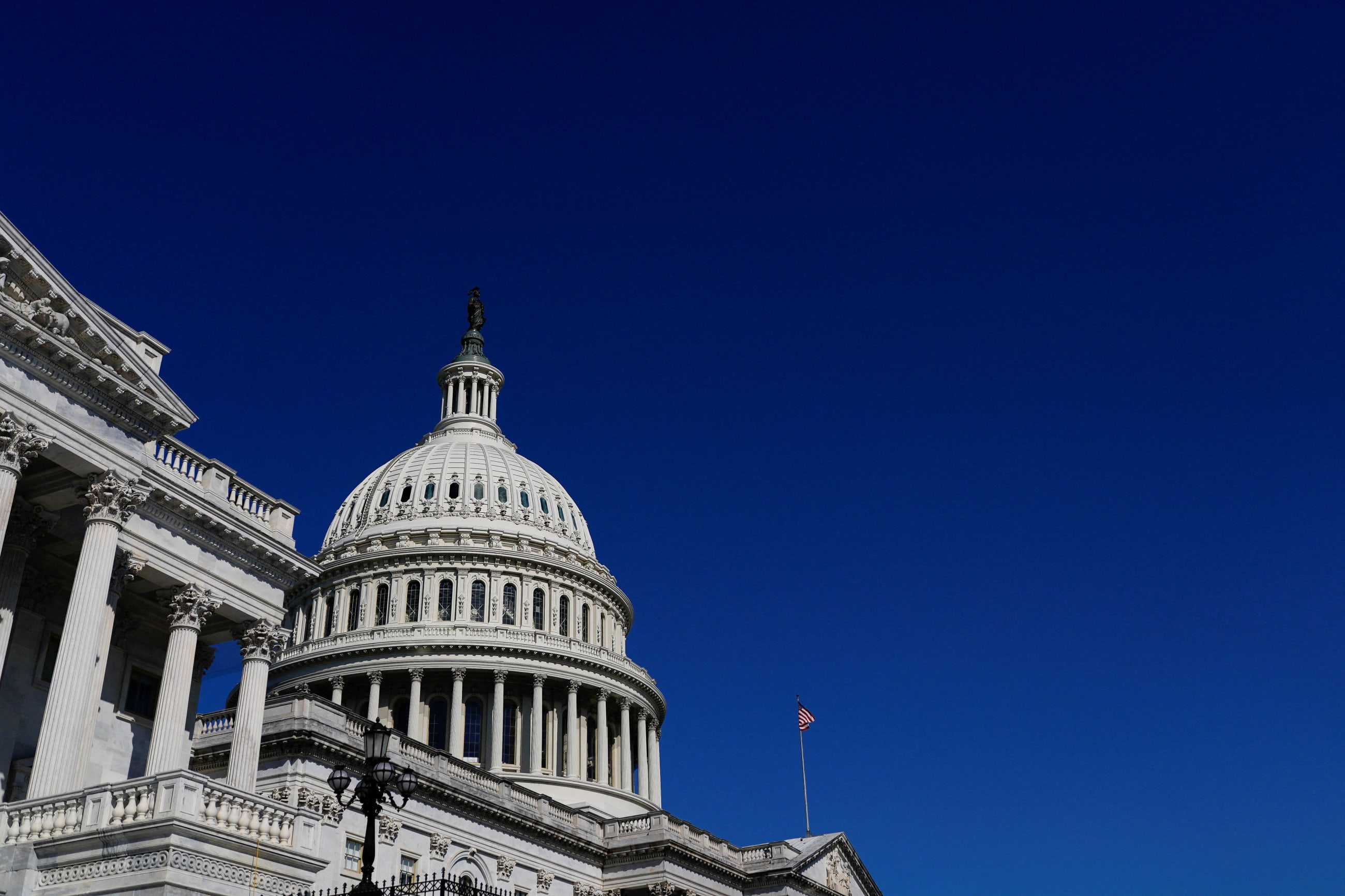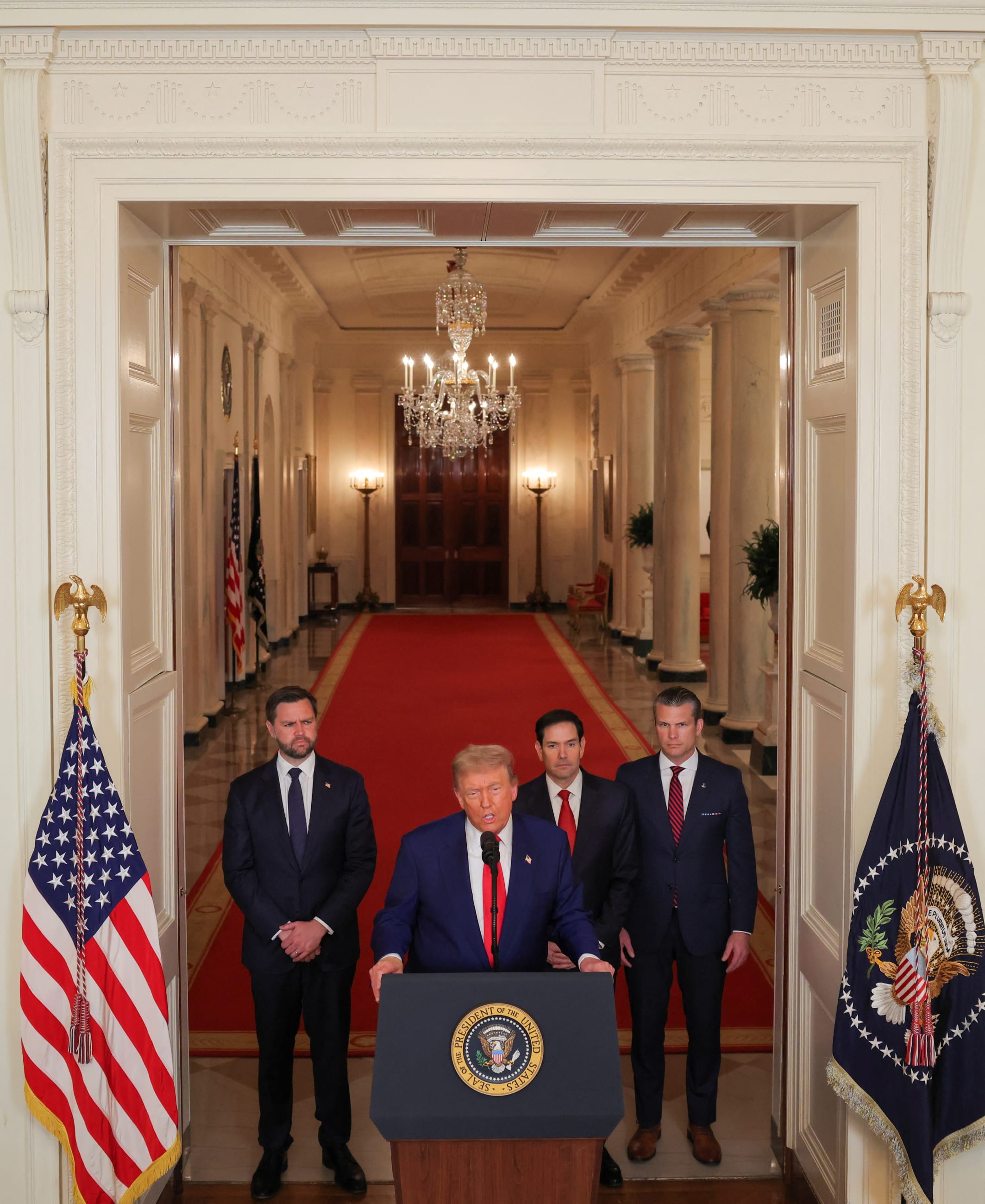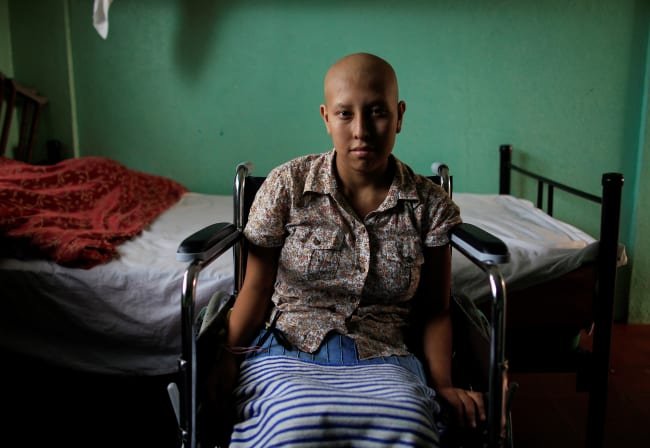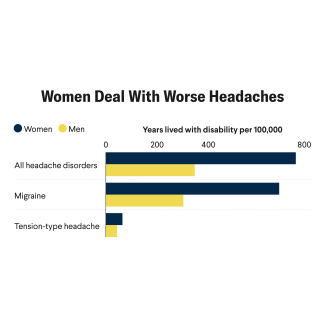The U.S. State Department's America First Global Health Strategy, released September 18, puts forward an affirmative vision of U.S. global health engagement, defining a range of goals consistent with President Donald Trump's America First priorities. Perhaps the most striking part of this 36-page strategy is its name.
The title signals that the United States still recognizes that global health is tied to national interests, including in countering China's influence in the Africa region—despite a devastating seven months in which the Trump administration dismantled the U.S. Agency for International Development, cut annual spending on global health by nearly 70% [PDF], and withdrew from the World Health Organization. The strategy goes beyond national self-defense—surveillance and response to accidental, intentional, and naturally occurring biological threats of high consequence—to include globally agreed-upon targets on the prevention and treatment of HIV, malaria, and tuberculosis (TB) as well as the eradication of polio. The report includes a three-page section on the enormous progress U.S. global health programs have already achieved on those diseases.
The State Department's strategy seems to recognize the enduring bipartisan support among the American people for long-standing U.S. global health goals, even as it shapes those aspirations to fit the president's imperatives. Overall, the document appears crafted to win back those among the president's allies who have long supported U.S. programs in global health.
To achieve those objectives, the strategy outlines dramatic changes to how the United States has operated in global health historically. Although many of those shifts hold promise, they pose new challenges. This article highlights four of the policy and implementation obstacles that the State Department and Congress will face.
Loud Inclusions but Quiet Omissions
The strategy criticizes that previous U.S. aid was not directed to the recipient government's top infectious disease priorities and promises to work with those governments on mutually agreeable priorities for future U.S. health assistance. Yet it also emphasizes a continued commitment to the ambitious goals that have been set over the past decades for HIV/AIDS, malaria, polio, and TB. The plan is silent on whether the United States will continue to support historically bipartisan investments in routine childhood immunization, nutrition, maternal and child health, family planning (aside from abortion), and pandemic preparedness (beyond surveillance and outbreak response).
The State Department's strategy seems to recognize the enduring bipartisan support among the American people for long-standing U.S. global health goals
It is also silent on the question of continuing to support the post-COVID priority of many low- and middle-income countries to manufacture vaccines, diagnostic tests, and countermeasures locally. The answer could arise from the strategy's promise that the United States will maintain surge capacity centrally to produce diagnostics, vaccines, therapeutics, personal protective equipment, and other commodities to aid global outbreak responses.
Most global health strategies in previous administrations have been interagency exercises, including during the first Trump administration [PDF]. Releasing the new strategy as a State Department document avoids the need to reach agreements with other federal agencies, including the Department of Health and Human Services (HHS) currently led by Robert F. Kennedy Jr., on matters such as vaccination and the global role of the U.S. Centers of Disease Control and Prevention. In doing so, the blueprint misses an opportunity to outline how other federal agencies could support implementation, including the Department of Defense, the Development Finance Corporation (DFC), and HHS subagencies such as the Biomedical Advanced Research and Development Authority, and the Food and Drug Administration.
Supply Chain Reforms Will Depend on Careful Execution
One encouraging note is the strategy's emphasis on more effective and sustainable delivery of medicines and other health products, while continuing existing commitments related to procurement and distribution until 2026. Parallel supply chains for health products were established during the early days of the HIV/AIDS response, when the urgent priority was to expand access to treatment quickly.
Although effective 25 years ago, these parallel systems created a culture of dependency among some recipient countries and made the path to self-reliance more difficult. Those supply chains became antiquated with the emergence of new technologies [PDF] and private-sector capacities. Integrating supply chains from procurement through last-mile distribution is a critical step toward sustainability and self-reliance, from which both the United States and recipient countries would benefit.
Building a functional system where commercial actors can play a stronger role in these supply chains will entail helping them comply with a thicket of U.S. federal contracting rules and acquisition requirements. Here, complementary interventions and other federal agencies such as the DFC could help support.

Successful execution will depend on pairing efforts to improve supply chains with support for developing private-sector and government contracting capacity, incubating and fostering pooled procurement efforts, and developing creative ways to enable compliance among new companies and actors. Inequities in the global distribution of COVID-19 vaccines and diagnostics prompted many countries to prioritize building national capacity for manufacturing vaccines and other medical countermeasures (MCMs).
Although excessive fragmentation of manufacturing capacity could be detrimental and undermine efficiency (even weaken U.S. innovation leaders), some degree of diversification is both necessary and beneficial. This practice strengthens resilience for recipient countries, supports U.S. interests, and eliminates some strain from U.S. companies that drive innovation in MCM development and production. The procurement component of the America First Global Health Strategy must reinforce diversification in a way that is thoughtful, precise, and meaningful.
Bilateral Partnerships Won't Solve All Transnational Threats
Bilateral aid, whether through international nongovernmental organizations (NGOs) or directly to governments, has long been the foundation of U.S. global health investments. In fiscal year 2024, about 80% of the U.S. global health budget was provided through bilateral programs. Bilateral support offers at least two benefits: It can be tailored to each recipient country's challenges, and donor countries are more likely to "get credit" for the investments. Historically, however, those bilateral investments have been bolstered by multilateral partnerships that play coordinating roles, especially in times of crisis.
The new strategy aims to "strengthen global surveillance for disease threats, with increased focus in the countries where there is highest risk", and to "contain outbreaks that originate outside the United States rapidly at their source." Both are important priorities to help keep Americans safe. Yet a robust disease surveillance system requires participation from as many countries as possible, especially those where novel pandemic threats are most likely to emerge, such as China. The U.S. government will struggle to achieve that level of coverage without working through multilateral partners.
One effective model of a global surveillance system for monitoring disease threats is the Global Influenza Surveillance and Response System (GISRS), which is run by the World Health Organization and receives data and samples from 130 countries. In contrast, according to the strategy, the U.S. government has dedicated health staff in approximately 60 countries. Many countries, including the United States, use GISRS data to inform the development of seasonal flu vaccines—and quickly detect changes in circulating influenza viruses that could cause a pandemic. Each year, most new seasonal flu strains originate in and spread from China and Southeast Asia, likely because of the region's high density of pig and poultry farms, densely populated cities, and international travel hubs.
Containing outbreaks at their source requires existing partnerships between the country where a threat emerges and neighbors. In the case of Democratic Republic of the Congo (DRC), where the most Ebola outbreaks have occurred, this collaboration would require working with 10 countries. Rather than the United States sign an identical number of bilateral agreements to prep for future outbreaks, the U.S. government could work through existing regional or global institutions that are already well positioned to operate across borders during emergencies.
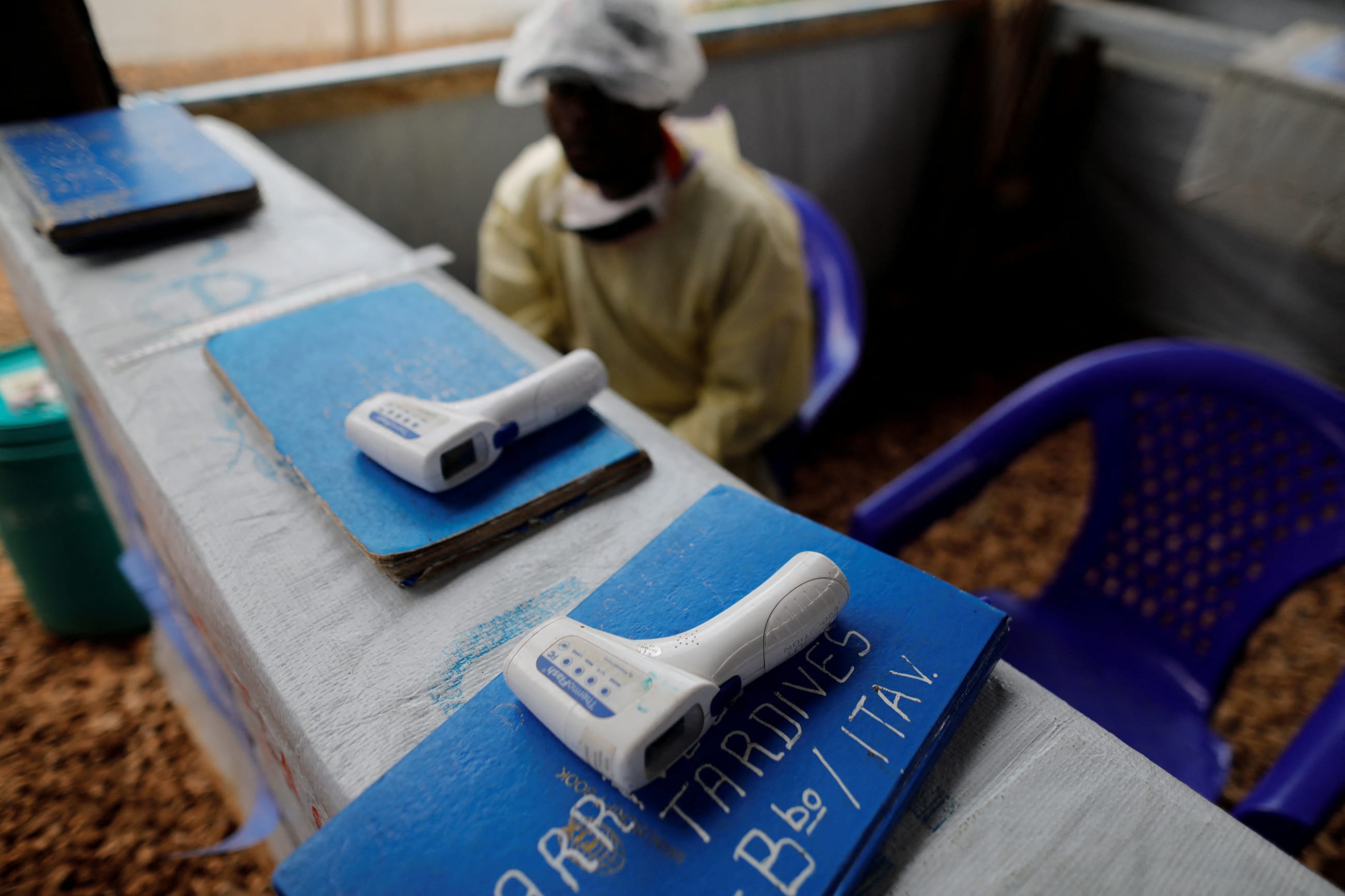
The strategy's timeline for new partnerships, however, is short. It sets a target of completing bilateral agreements with the countries receiving the vast majority of U.S. health foreign assistance within the next three months (the end of 2025), and implementation of those deals is required to begin by April 2026. Eighty-seven countries received U.S. global health funding in fiscal year 2023, the top 10 all in Africa: DRC, Ethiopia, Kenya, Malawi, Mozambique, Nigeria, South Africa, Tanzania, Uganda, and Zambia.
Yet news reports suggest that U.S. officials intend to prioritize the Western Hemisphere and Asia Pacific regions during early negotiations. Concluding so many agreements in such a short period will be challenging, as this administration has seen with trade and tariffs. Other governments have their own global health priorities, including for vaccine manufacturing. The large cuts to U.S. government staff working on global health will make this timeline even more challenging.
Congress Will Have Less Oversight of How Taxpayer Money Is Spent
Historically, U.S. government staff and international NGOs have closely tracked, accounted, and reported on how American taxpayer money is spent on global health. The new strategy notes that "PEPFAR has built one of the most robust data reporting and monitoring systems of any foreign assistance program in history, creating the ability to track where each dollar of spending goes in a high level of detail."
Building and operating this network requires significant resources and staff, as well as partners willing and able to collect data and feed it into a unified system. The strategy details some technology solutions to address accountability at a granular level, but these cannot be a substitute for management staff and incentives to create systems for reporting. If the funding in bilateral agreements focuses on procurement of commodities, rather than program management and technical assistance, countries will find it more challenging to collect and report the detailed data that federal agencies and members of Congress have come to expect.
Ultimately, this pattern could mean that the American people will have less information about how taxpayer money is being spent.
The strategy departs from disease-specific health programs implemented by NGOs and moves toward more integrated, direct support for governments. But this shift comes with a challenging tradeoff between country government flexibility on how to deploy the funding, U.S. government oversight, and control over how the funding can be used. Intergovernmental agreements differ from contracts with NGOs. Building country systems by providing flexible monies, by design, makes it harder to report with the granularity in time and space that Congress has come to anticipate.
Other governments could also be unwilling to report back to the United States on funding use and progress toward goals with the frequency and specificity that Congress expects. Given severe staffing cuts within federal agencies, the remaining State Department staff will not be able to fill those gaps. Further, if countries fail to meet the targets in the bilateral agreements, it will be difficult to know why and adjust accordingly. Several countries could prefer this approach and accept the risk of losing future U.S. funding to gain more control over how health assistance dollars are spent.
Overall, the America First Global Health Strategy is a welcome step toward clarity on the role the U.S. government expects to play in global health during the Trump administration and charts a roadmap for input from Congress. This new strategy maintains some long-standing priorities, but envisions a very different approach to pursuing them, one that comes with substantial challenges in implementation.
Many of these shifts, including eliminating the silos in global health, streamlining supply chain systems, working more directly with partner governments, and prioritizing the development of robust global biosurveillance capacity, have the potential to build a solid foundation for continued U.S. leadership in global health.
